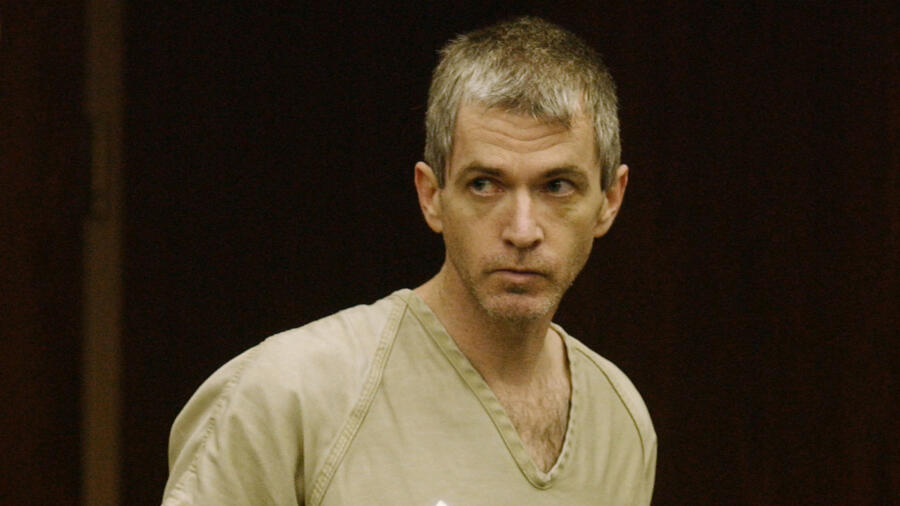The Chilling Reality of Medical Serial Killers in Healthcare
Hospitals are built to save lives, not take them. Yet, every so often, a trusted caregiver turns into a killer. These medical serial killers don’t stalk alleyways or prey in the dark. Instead, they wear scrubs, carry stethoscopes, and work among heroes. However, their intentions are sinister.
Take Charles Cullen, for example. Over 16 years, this New Jersey nurse murdered at least 40 patients—though investigators suspect the real count could be much higher. Despite being fired or suspected by multiple hospitals, he kept finding work. Why? Institutions often chose silence over scandal.
Even more horrifying is Niels Högel, the German nurse who openly confessed to injecting patients with medication to cause cardiac arrests—just so he could try to resuscitate them. His goal wasn’t death. It was applause. But death followed anyway—nearly 300 times.
These stories aren’t isolated. They’re part of a terrifying trend—medical professionals who kill and the systems that fail to stop them.
Charles Cullen: The Killer Nurse
Charles Cullen didn’t seem like a killer. He worked night shifts, kept to himself, and rarely made waves. Yet, behind that quiet demeanor lay a compulsion to kill. He used drugs like digoxin, insulin, and verapamil—administered in small, undetectable doses that slowly drained the life from his patients.
When confronted, Cullen claimed he was “relieving suffering.” But autopsies told a different story. Many of his victims weren’t dying—they were recovering. In fact, one of his patients was due to be discharged the next day.
Despite warnings, his employers often let him resign quietly. They feared lawsuits and public backlash more than justice. This allowed Cullen to move from one hospital to the next—continuing his spree undeterred.
Niels Högel: “Resuscitation Rambo”
In Germany, Niels Högel was infamous for always being present during medical emergencies. At first, his skill in resuscitating patients earned him praise. Over time, however, some colleagues noticed an eerie pattern: too many cardiac arrests occurred when he was on duty.
Eventually, hospital staff caught him injecting a non-prescribed drug. What followed was one of the largest serial killer investigations in German history. Forensic teams exhumed over 130 bodies. Though Högel confessed to 85 murders, experts believe the real number is closer to 300.
His motive? He wanted to be a hero. In his twisted mind, creating an emergency and saving the patient would elevate his status. Unfortunately, many patients didn’t survive his deadly “performances.”
Harold Shipman: Doctor Death
Dr. Harold Shipman remains one of the most prolific serial killers of all time. Over a 20-year career in the UK, Shipman murdered an estimated 250 of his patients. His weapon of choice? Diamorphine—pharmaceutical heroin.
He carefully selected his victims—usually elderly women living alone—and altered medical records to match. He even suggested cremation to families, ensuring no autopsy could take place. For years, Shipman’s calm demeanor and long-standing reputation shielded him from suspicion.
Only when a grieving daughter—a lawyer—noticed irregularities did investigators dig deeper. What they found shocked the nation and changed British healthcare regulations forever.
Beverley Allitt and Munchausen by Proxy
Unlike most serial killers, Beverley Allitt fit the image of a nurturing caregiver. As a pediatric nurse in the UK, she was entrusted with the lives of vulnerable children. But between February and April 1991, she murdered four children and harmed nine more.
Allitt exhibited classic signs of Munchausen syndrome by proxy—a condition where a caregiver causes illness to gain attention or sympathy. After each attack, she played the grieving nurse, sobbing in front of shocked families.
Eventually, inconsistencies and toxicology tests exposed her crimes. She was sentenced to life imprisonment, becoming a chilling reminder that even those who work with children aren’t immune to dark impulses.
Why Hospitals Provide Cover
Hospitals are designed to save lives, not investigate crimes. Unfortunately, this mindset creates blind spots. Most institutions assume medical errors are accidental. Thus, even when patterns emerge, suspicions often go unvoiced.
Moreover, hospitals fear reputational damage. Admitting that a nurse or doctor killed patients under their watch can lead to lawsuits, media outrage, and public panic. As a result, some institutions choose silence. They dismiss problematic employees rather than alert the authorities.
This culture of concealment enables serial killers to move freely—from one job to another, leaving death in their wake.
Poison in the IV: Common Killing Methods
Most healthcare serial killers don’t strangle or stab. They kill quietly—often without leaving a trace. Common methods include:
- Insulin Overdoses: Causes hypoglycemia and brain damage.
- Potassium Chloride: Triggers cardiac arrest.
- Air Embolisms: Bubbles injected into the bloodstream.
- Paralytic Agents: Like succinylcholine—difficult to detect postmortem.
These substances are readily available in most hospitals. When administered in the right dose, they mimic natural causes of death, making them ideal for murderers hiding in plain sight.
FAQs
How do hospitals miss so many murders by medical staff?
Because death is a routine event in hospitals, patterns of foul play often blend into expected mortality rates. Limited autopsies and weak oversight further obscure criminal acts.
Why don’t hospitals report suspicious staff to the police?
Fear of reputational harm, lawsuits, and public scrutiny often leads hospitals to quietly dismiss staff rather than initiate formal investigations.
Are female medical serial killers common?
Yes. In healthcare-related serial killings, women account for nearly half of the perpetrators, often using poison or suffocation as their method of choice.
Can serial killers still exist in today’s healthcare systems?
Unfortunately, yes. Although technology and reporting systems have improved, institutional denial and human error continue to create gaps in oversight.
What warning signs should hospitals look for?
Unusual spikes in mortality, staff always present during emergencies, discrepancies in drug usage, and reluctance to work under supervision can be red flags.
What legal changes have occurred after these cases?
Many countries now mandate drug barcode scanning, digital medication records, and mandatory reporting of suspicious deaths to prevent similar tragedies.

